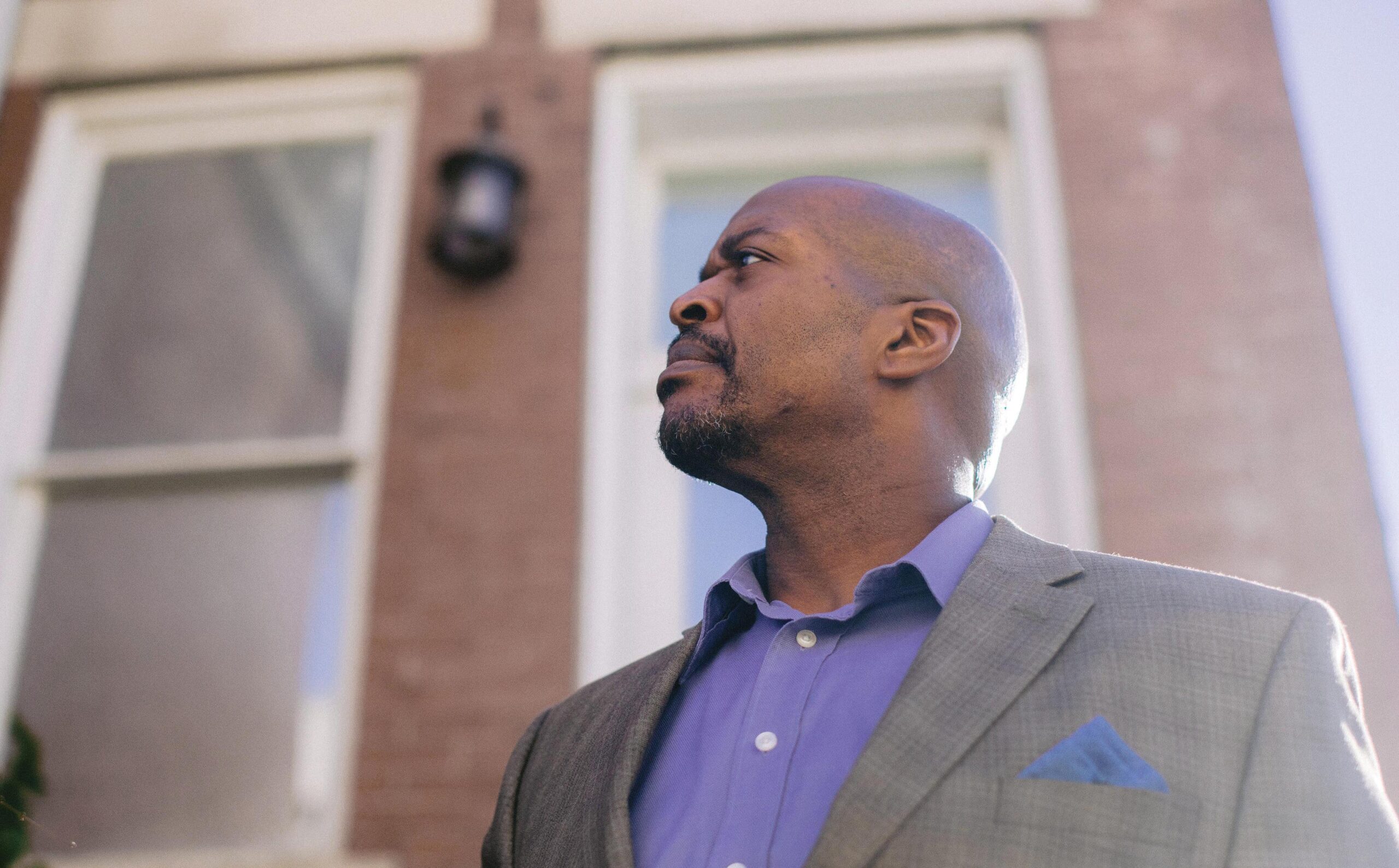These three phrases — reconciliation, economic wisdom, and the church — belong together. Why? Let’s begin with a definition of reconciliation.
Brenda Salter McNeil’s book, Roadmap to Reconciliation: Moving Communities into Unity, Wholeness and Justice, helps us. McNeil, featured as one of the 50 most influential women to watch by Christianity Today in 2012, and associate professor of reconciliation studies in the School of Theology at Seattle Pacific University, defines reconciliation as “…an ongoing spiritual process involving forgiveness, repentance and justice that restores broken relationships and systems [institutions] to reflect God’s original intention for all creation to flourish.” All churches should resonate with this robust definition as God’s bride is one of three institutions God has ordained for the sake of human flourishing (the other two being the human family and civil government).
Active engagement in the messy and mysterious work of reconciliation is one of the tributaries that places us on the pathway to human flourishing for all. The mission of God invites us to participate in his redemption of individuals and the renewal of all things. The church knows the mission of God is not only about the salvation of human persons but the restoration of institutions that some benefit from and some do not benefit from. Can you think of a few institutions in which some benefit from and others do not benefit from? The church must apply economic wisdom toward those institutions that undermine human dignity and are unethical in their deportment. The church must insist on the recovery of moral virtue in institutions — education, housing, business, government — so those on the margins of society might have the privilege of engaging in fruitful and meaningful work.
The church would be wise to follow McNeil’s roadmap to reconciliation, which includes the following phases. Phase one: The catalytic phase is marked by an event that pushes us to start the journey. We are prone to protect the status quo or our state of preservation. McNeil writes, “unless something happens to move us from this posture of preservation toward including and embracing others, we are prone to ethnocentrism.” Phase two: The realization phase is where “we come to an awareness that is contextually connected.” For instance, we might discover “that not all homeless people are uneducated and unwilling to work.” This phase helps us to shatter preconceived thoughts and stereotypes. Phase three: The identification phase is where “we begin to identify with and relate to other people who are experiencing the same thing.” Here, “identification begins with an attempt to understand the other, and it delves ever deeper as participants take ownership of each other’s stories.” After understanding, we feel the pain of the other. Phase four: The preparation phase is the phase that “moves us from the personal and relational to structural and the transformational,” and, McNeil continues, “the gap between the two is huge.” Phase five: The activation phase is where we actually do justice. McNeil reminds readers how individuals “cannot say that I love people if I don’t care about the policies that negatively affect them.”
This volume conveys how true reconciliation involves the church in the long-term. It is “an ongoing spiritual process.” McNeil reminds us that reconciliation, the church, and economic justice are inexplicably connected. Finally, McNeil emphasizes how we must stay the course because “we will all continue to have biases, stereotypes and prejudices. These things die hard and will continue to rear their ugly heads for as long as we live.” However, there is hope because “personal, spiritual and social transformation happens when we engage meaningfully with diversity.”
And we must stay the course, because doing so moves the world as God originally intended it to be — filled with shalom.





